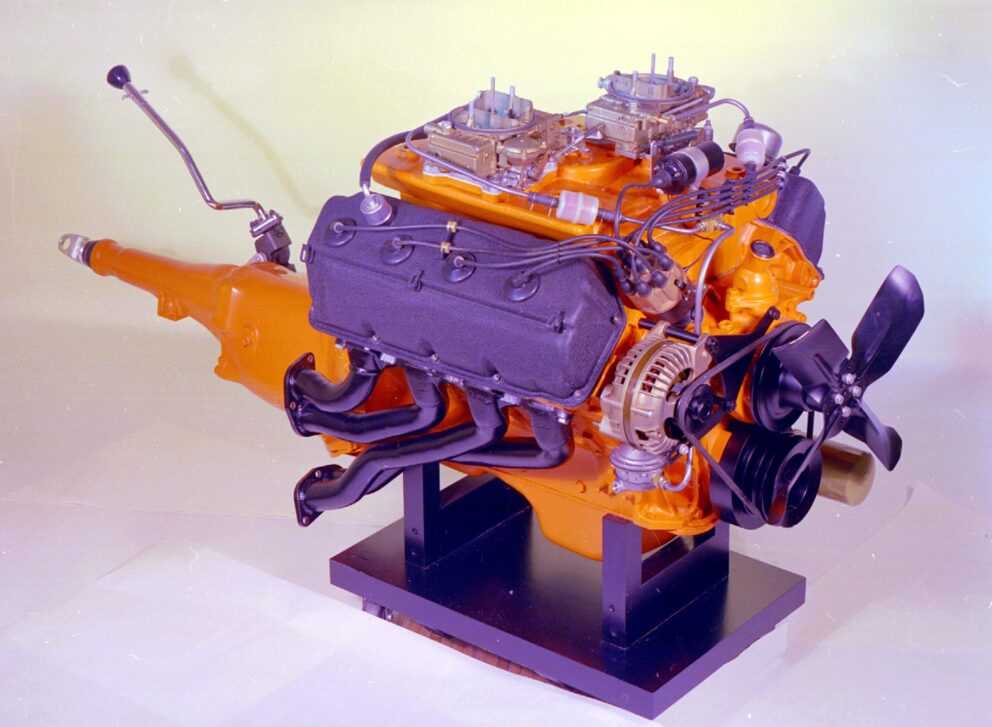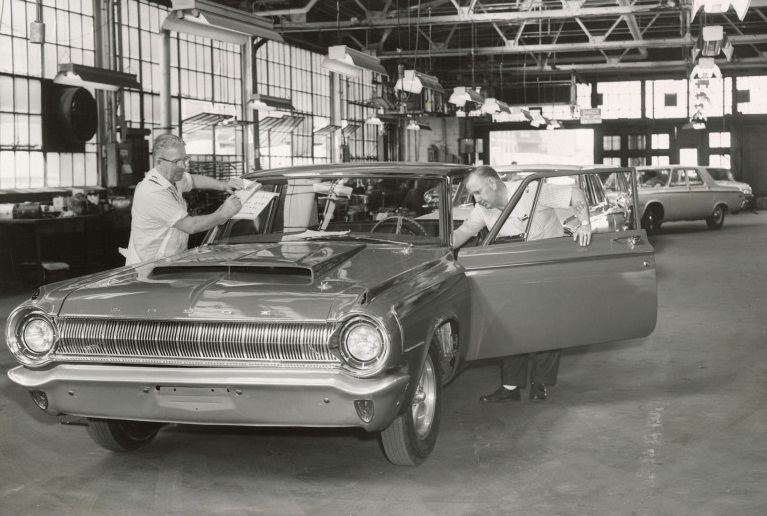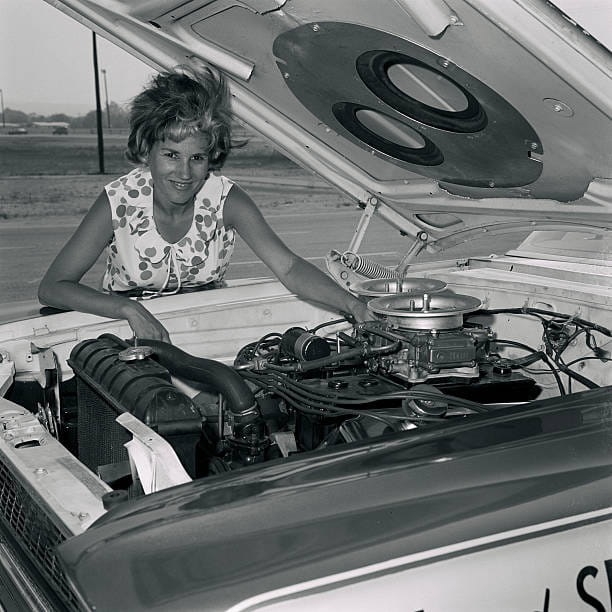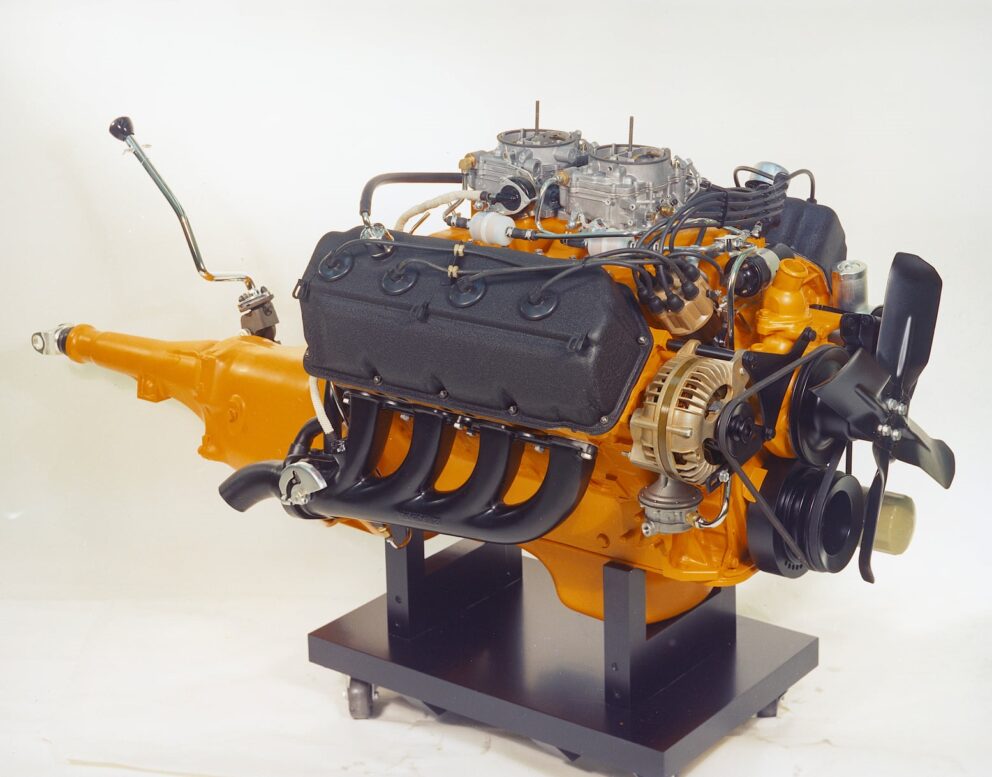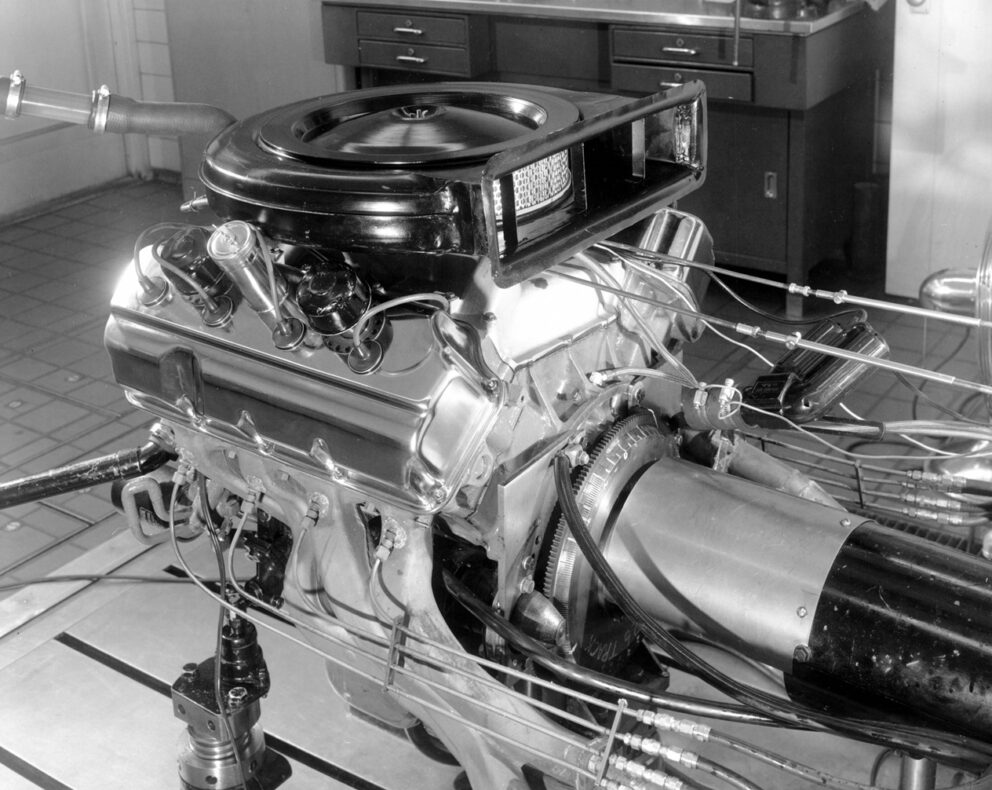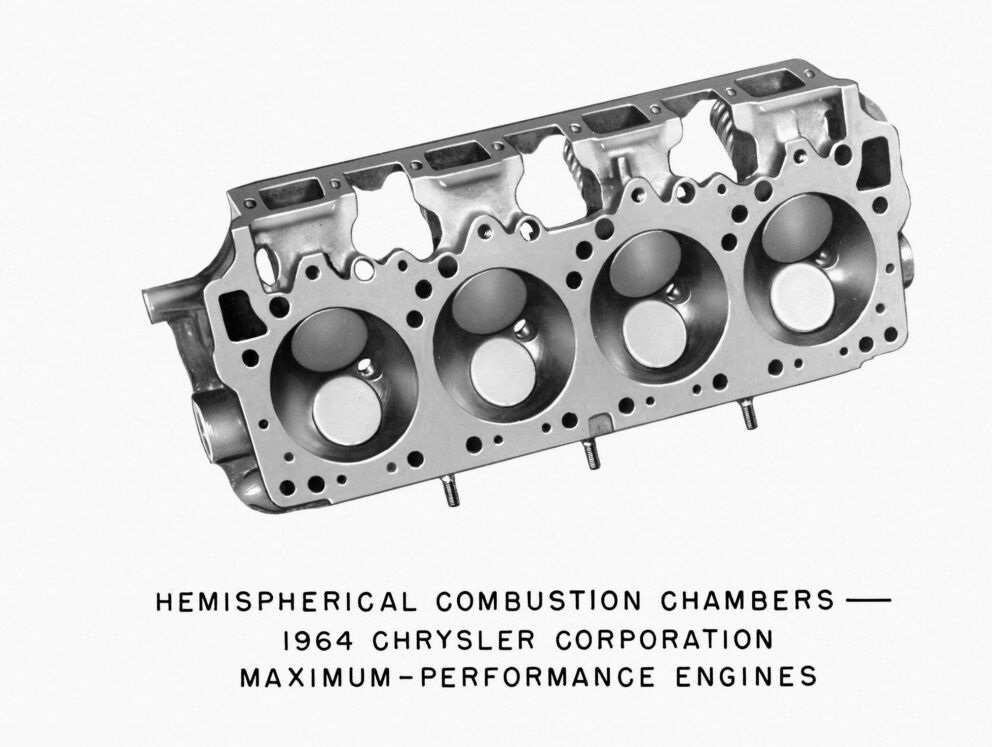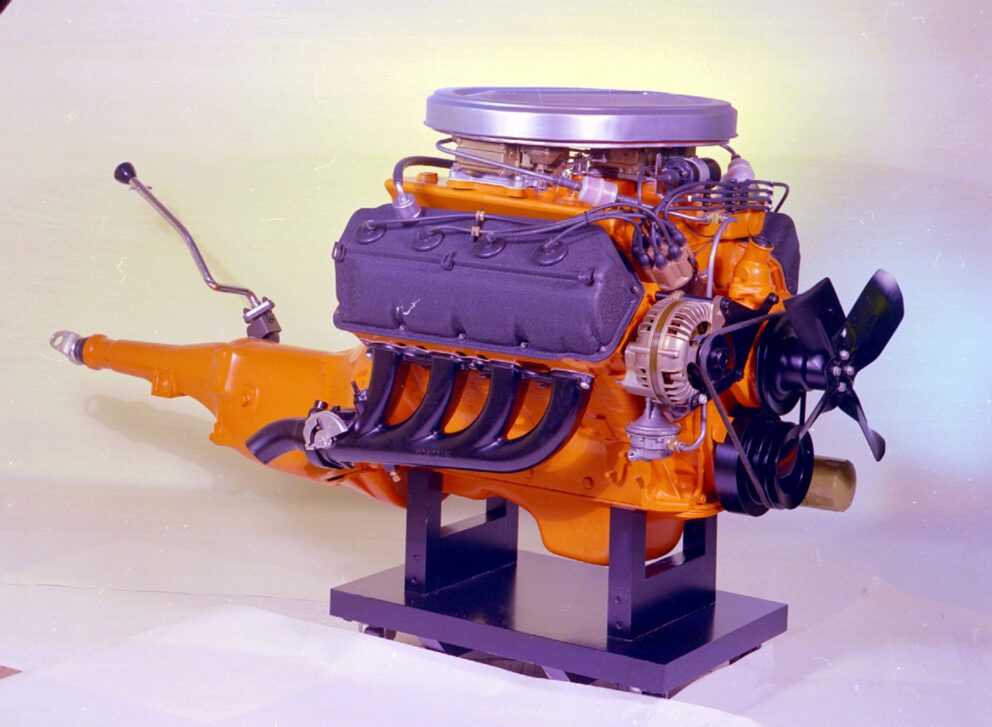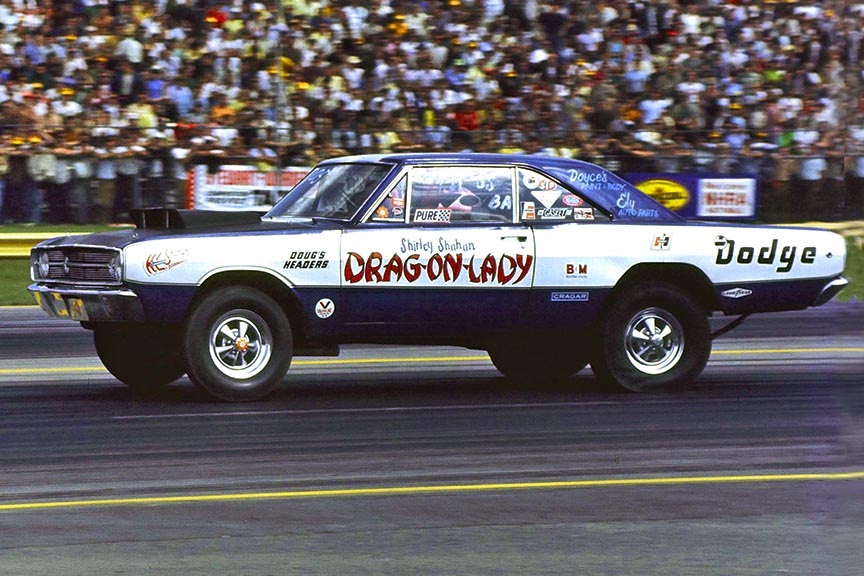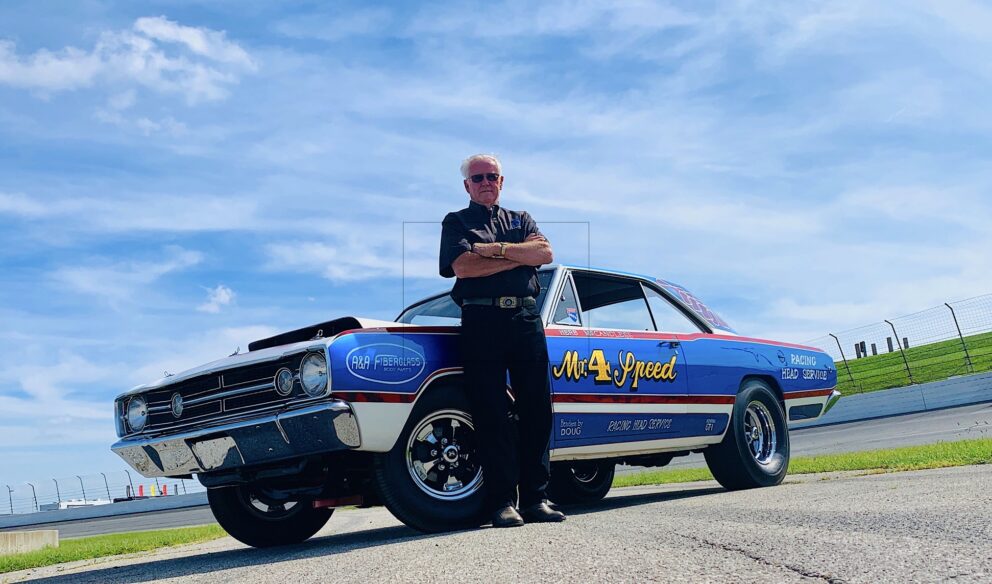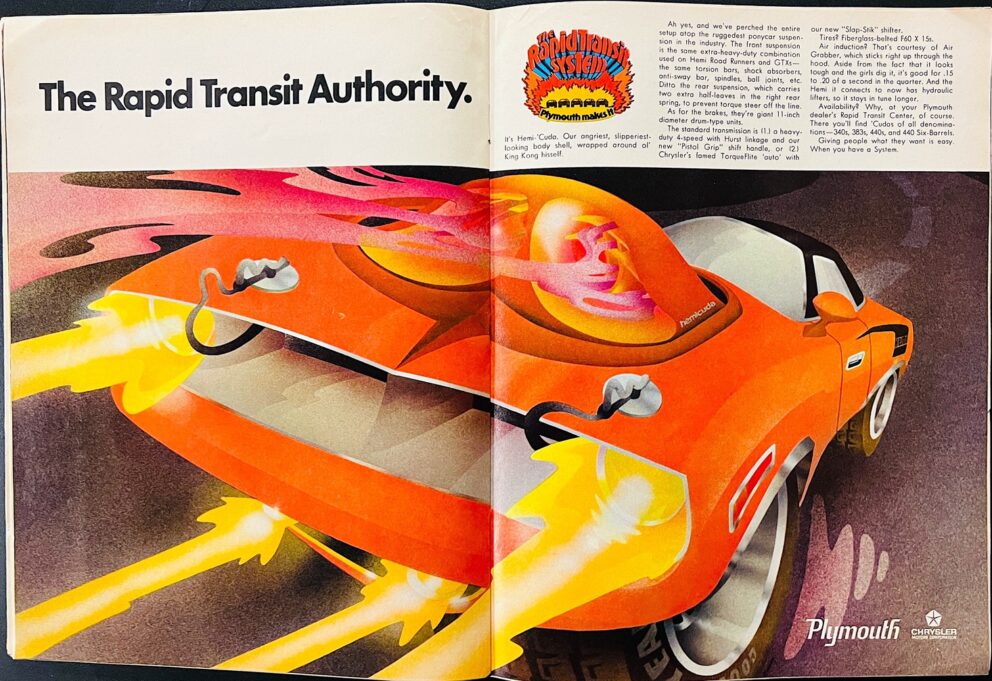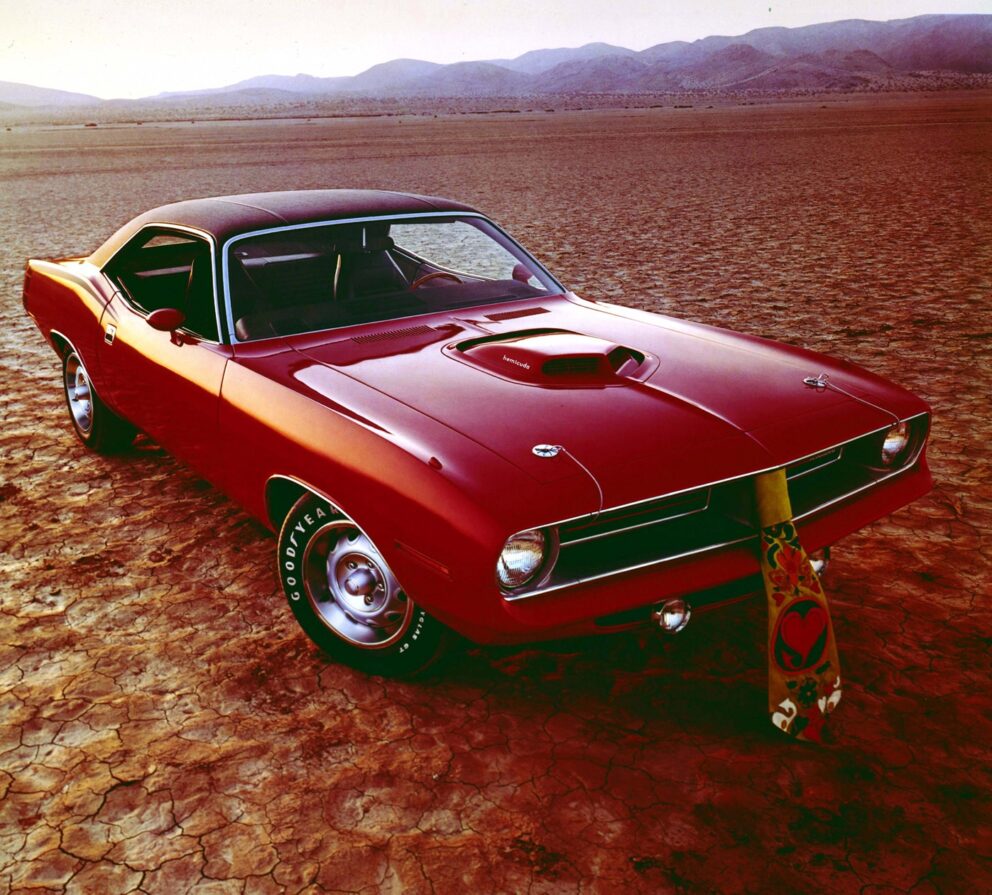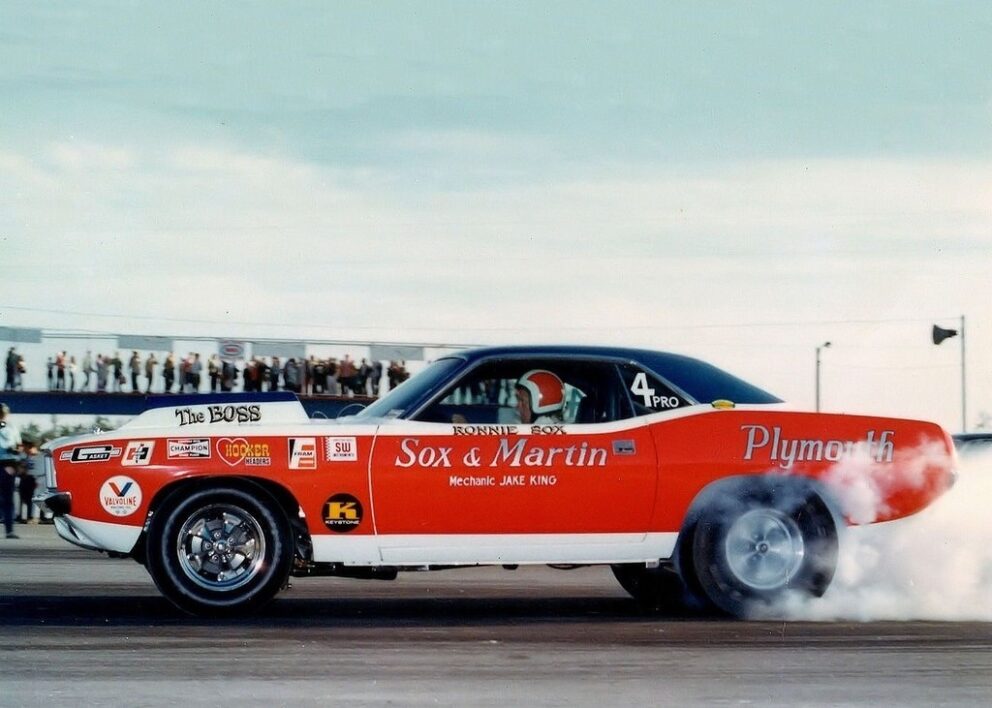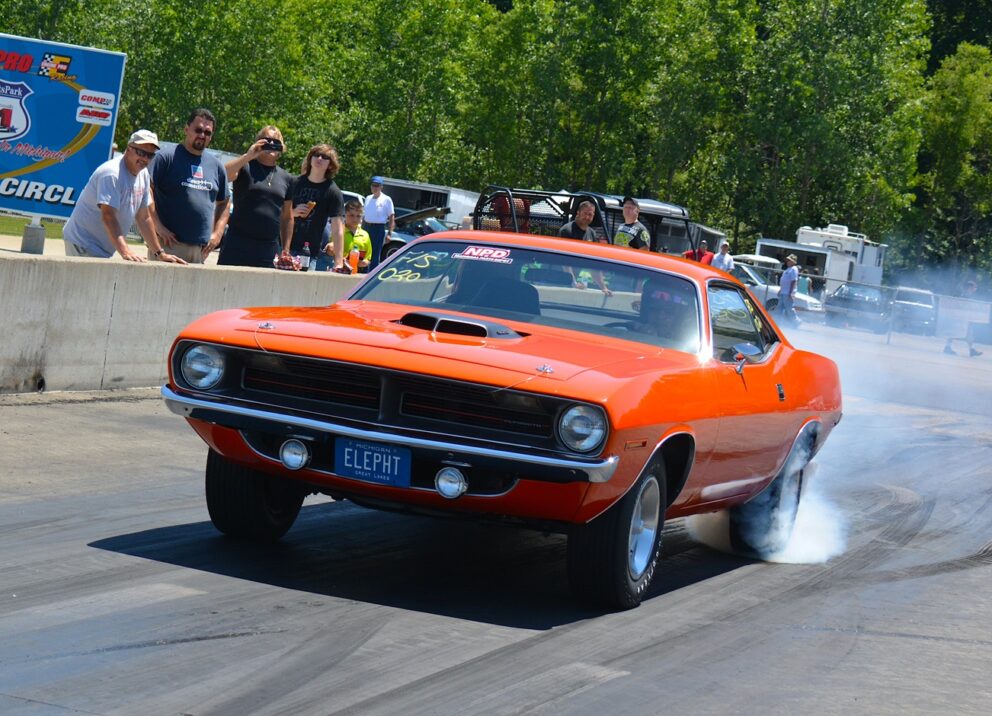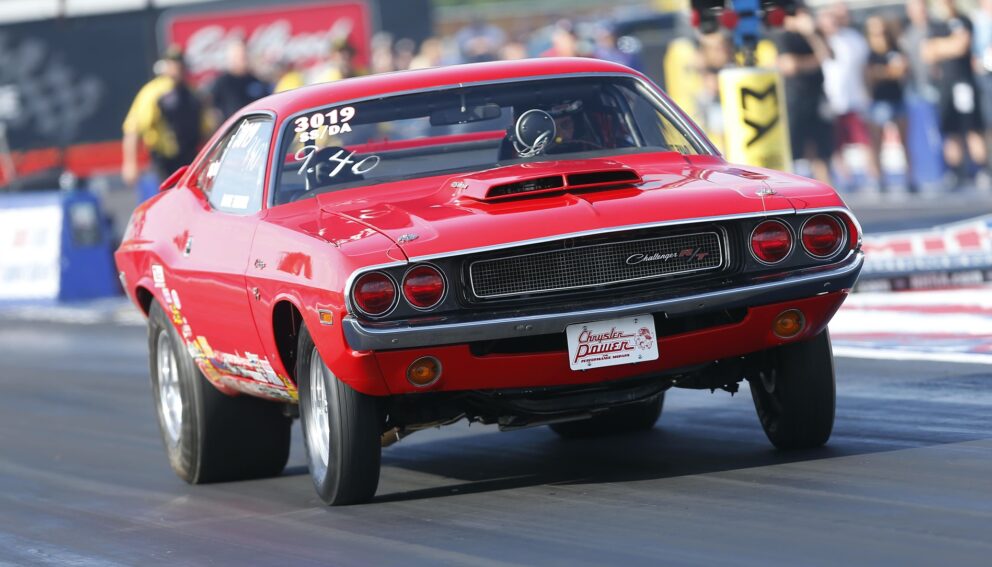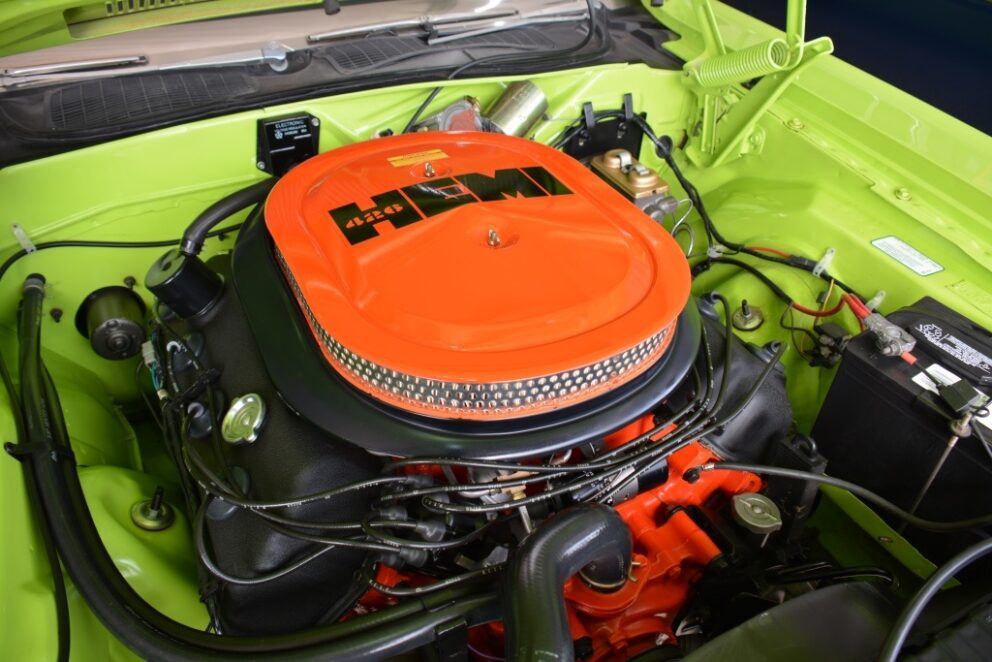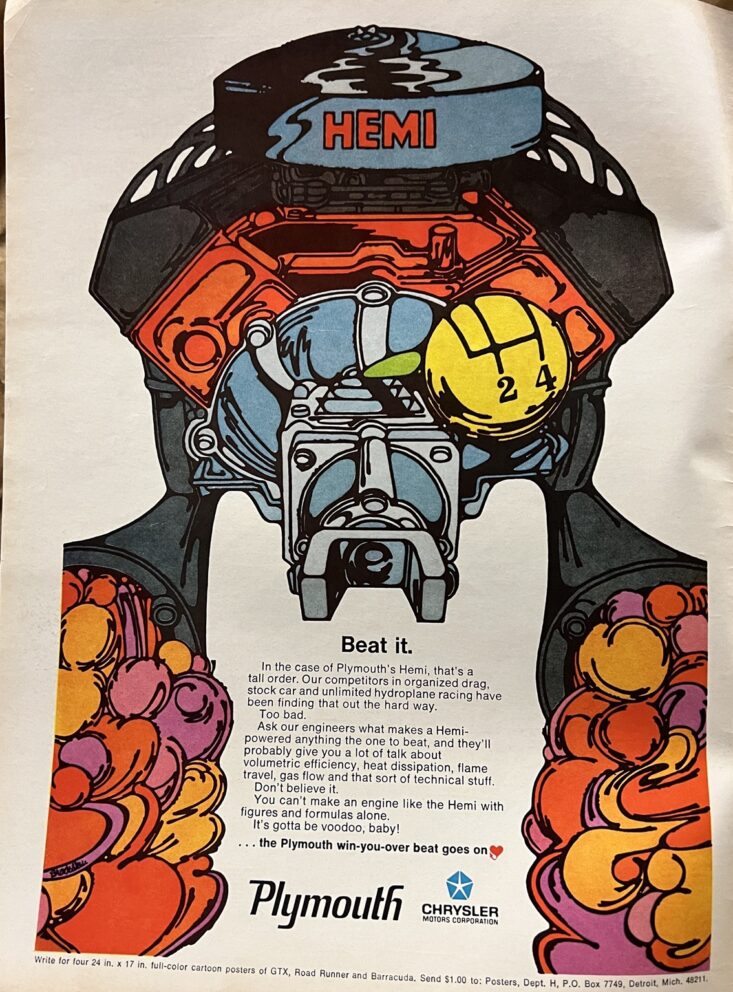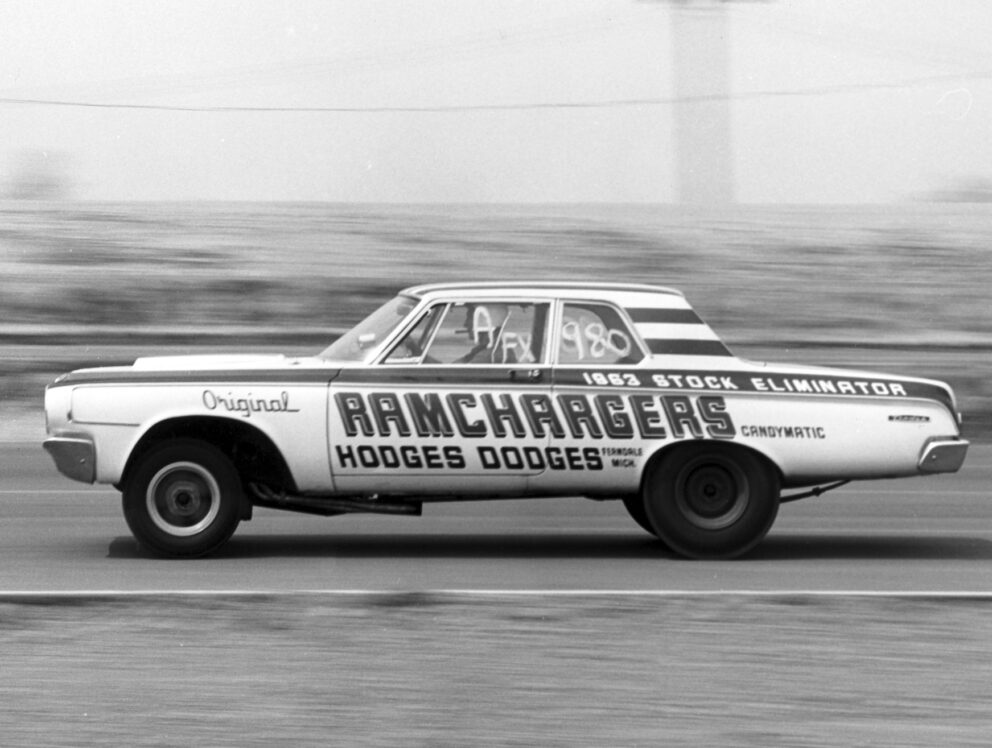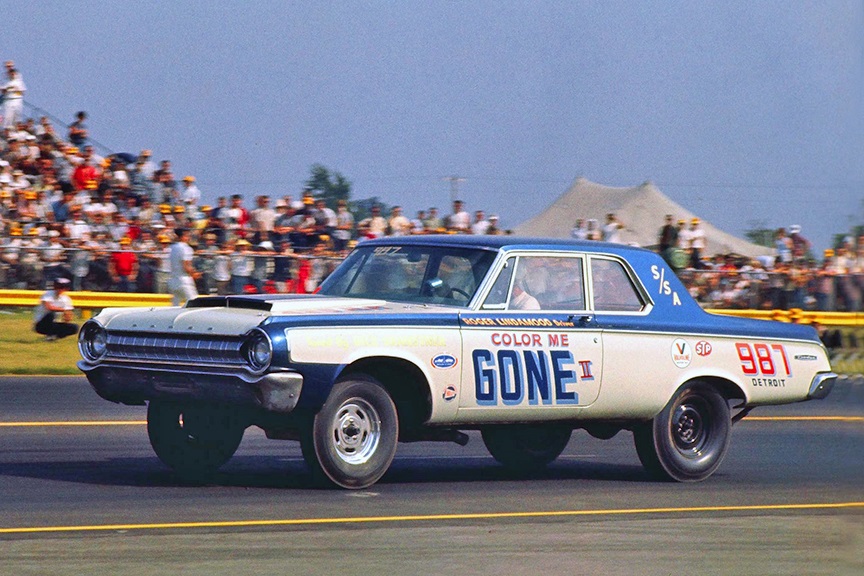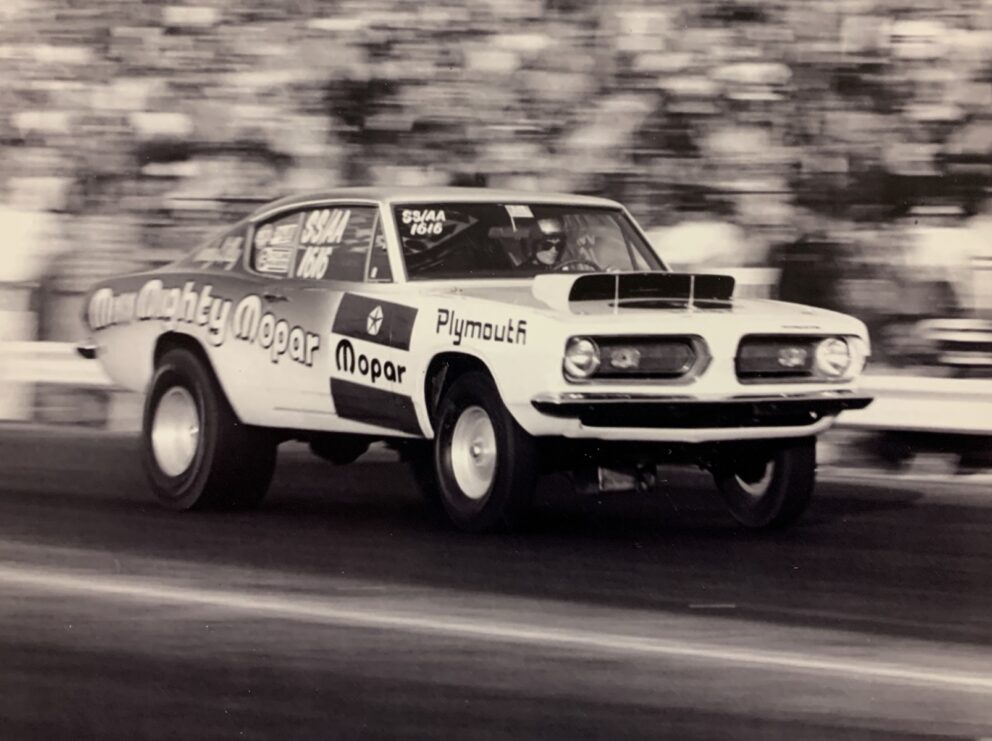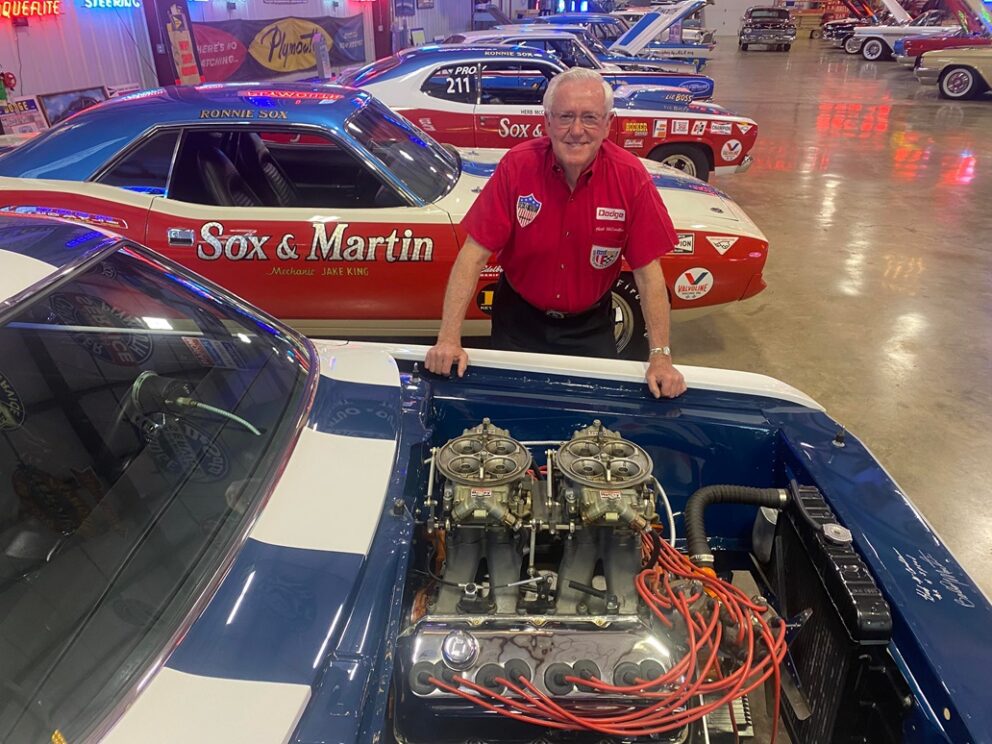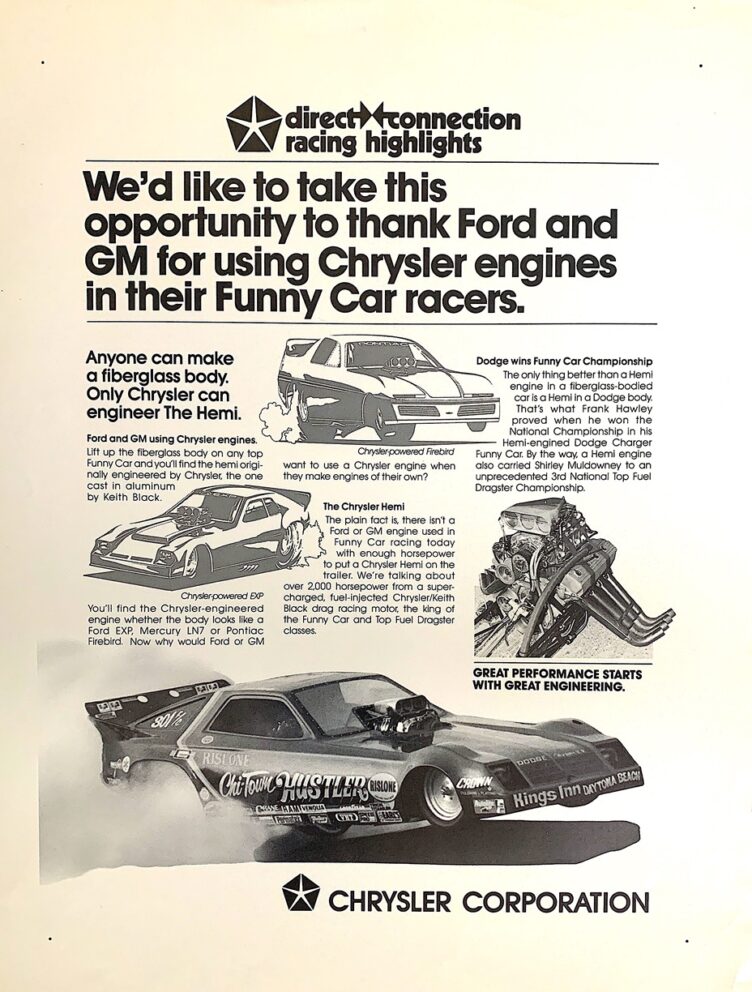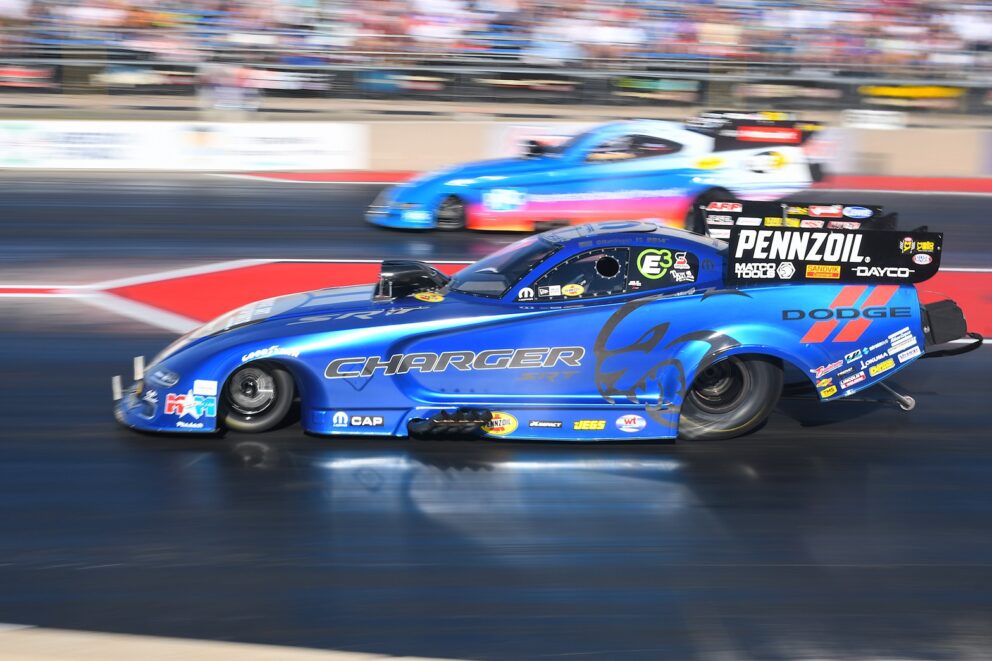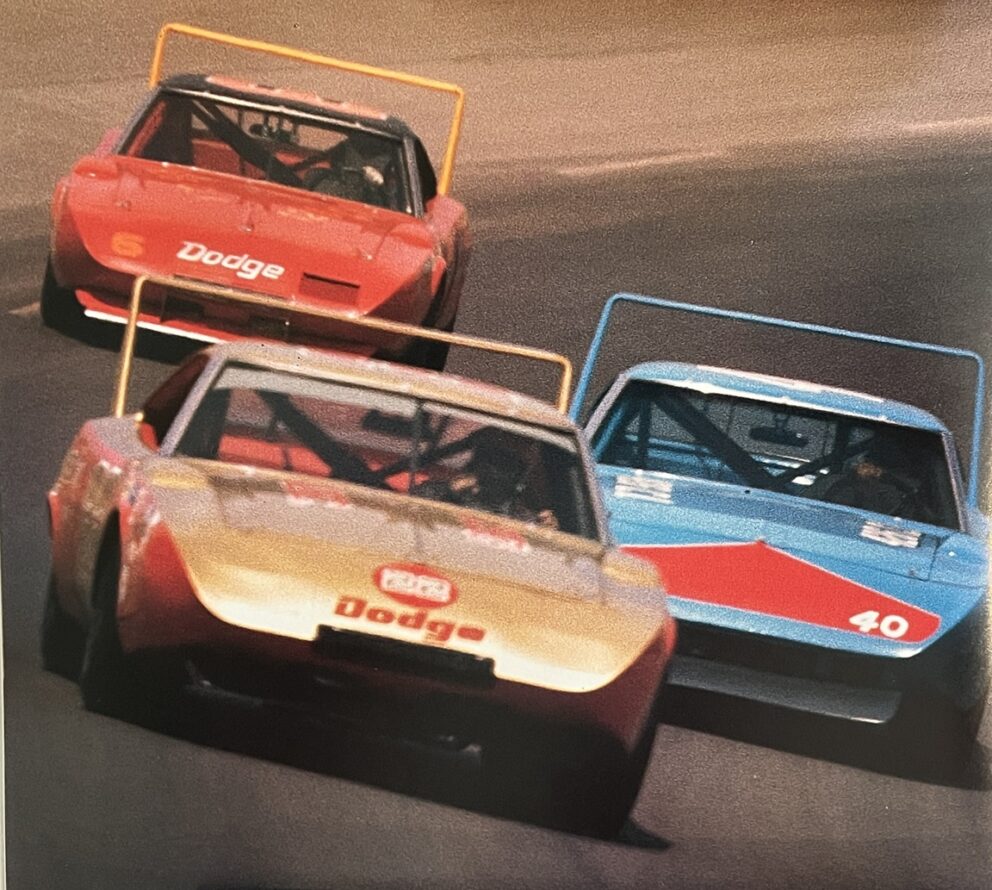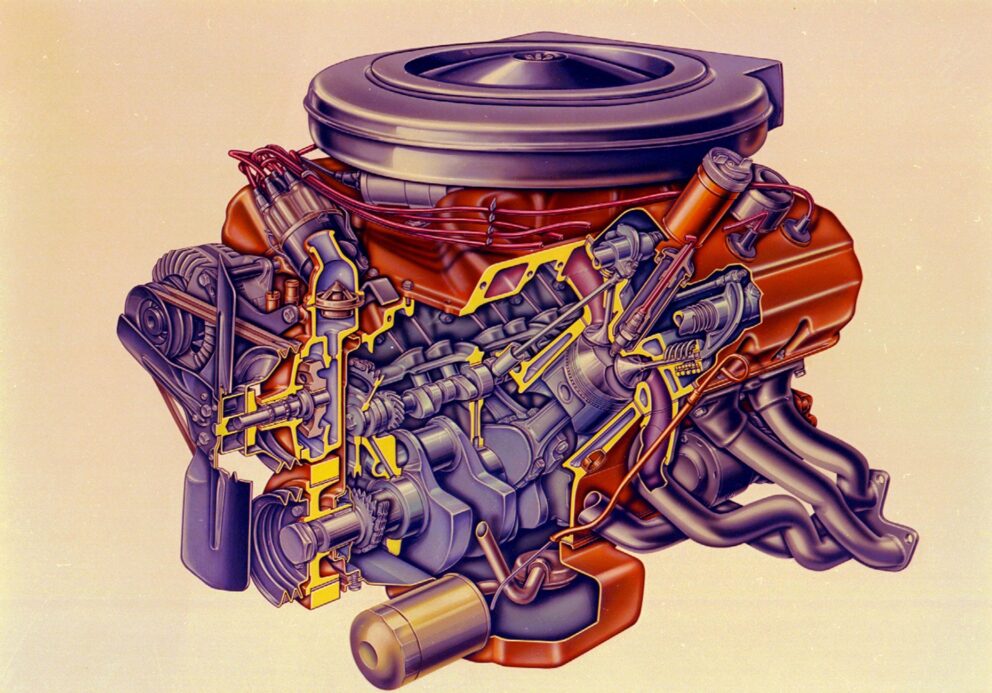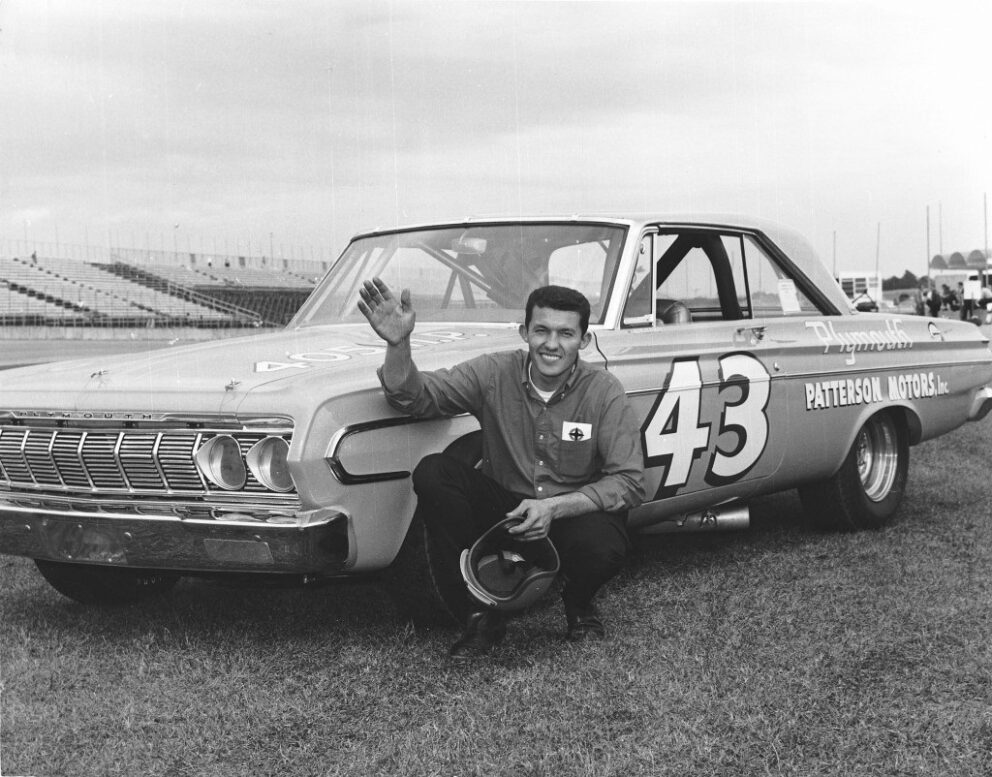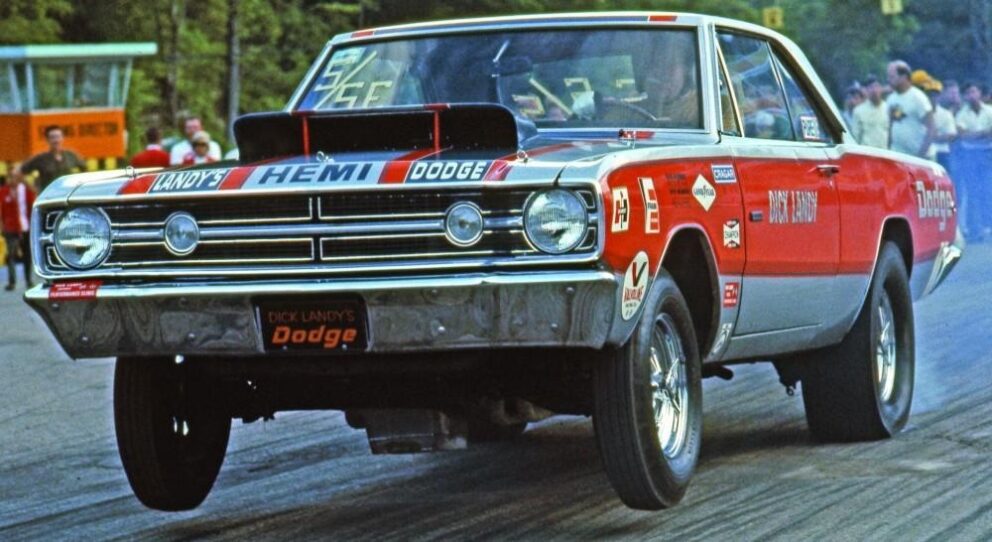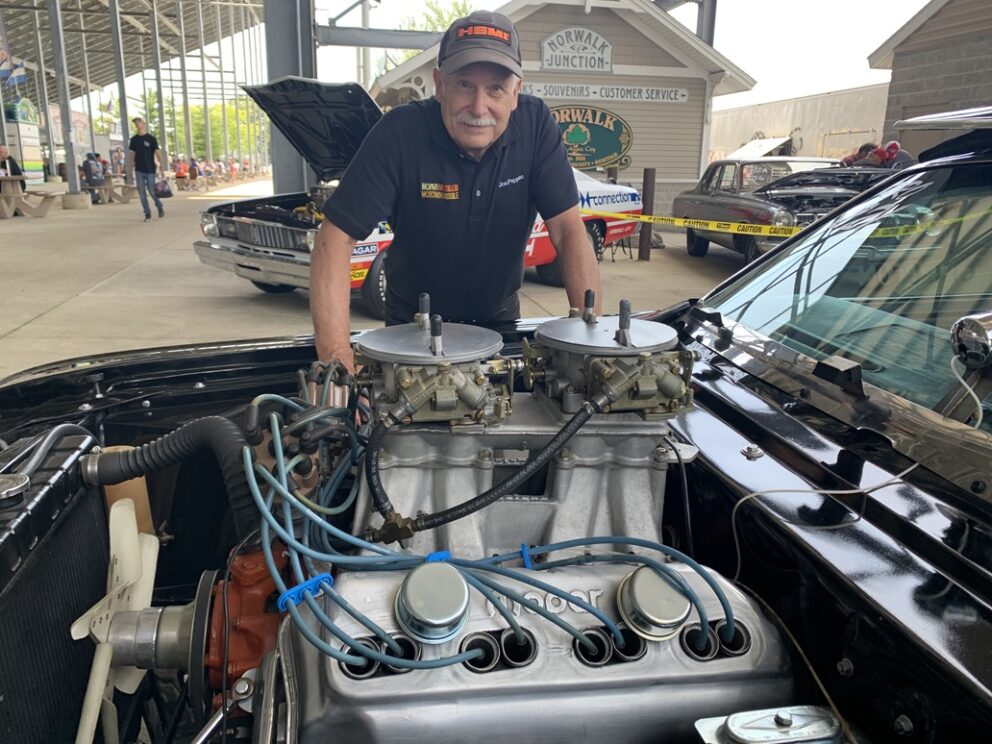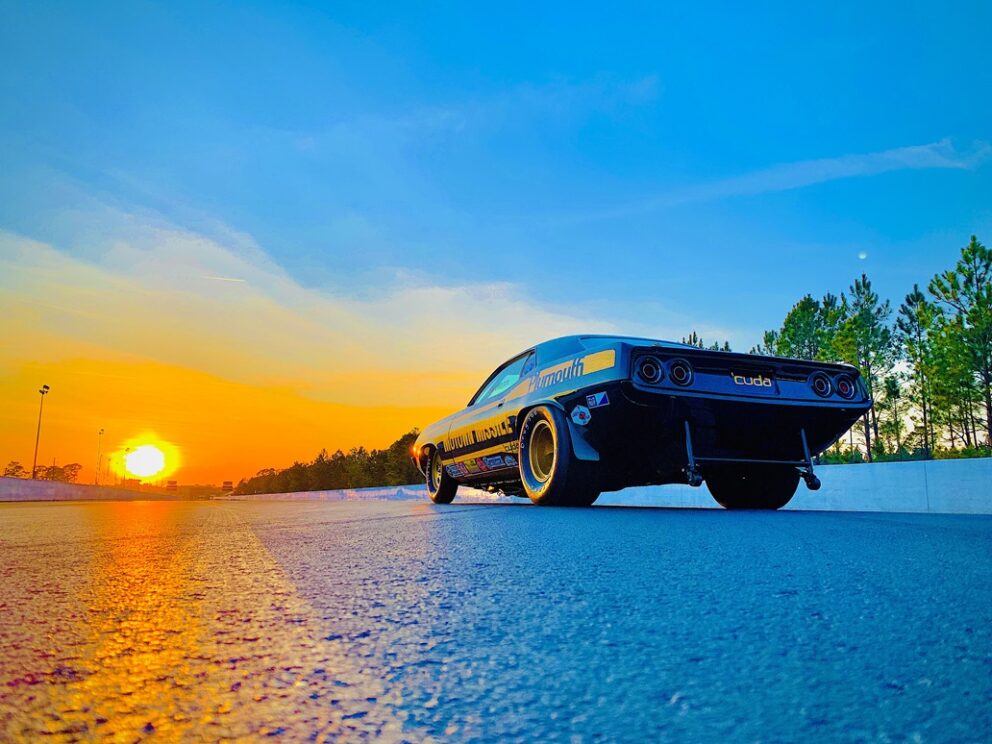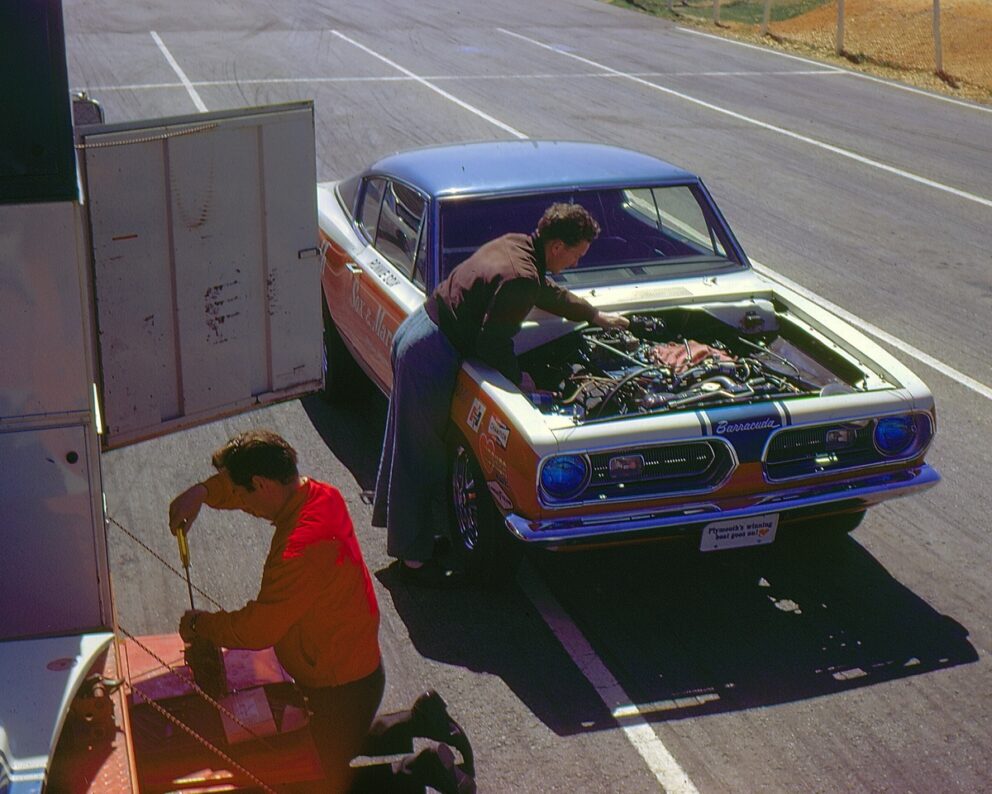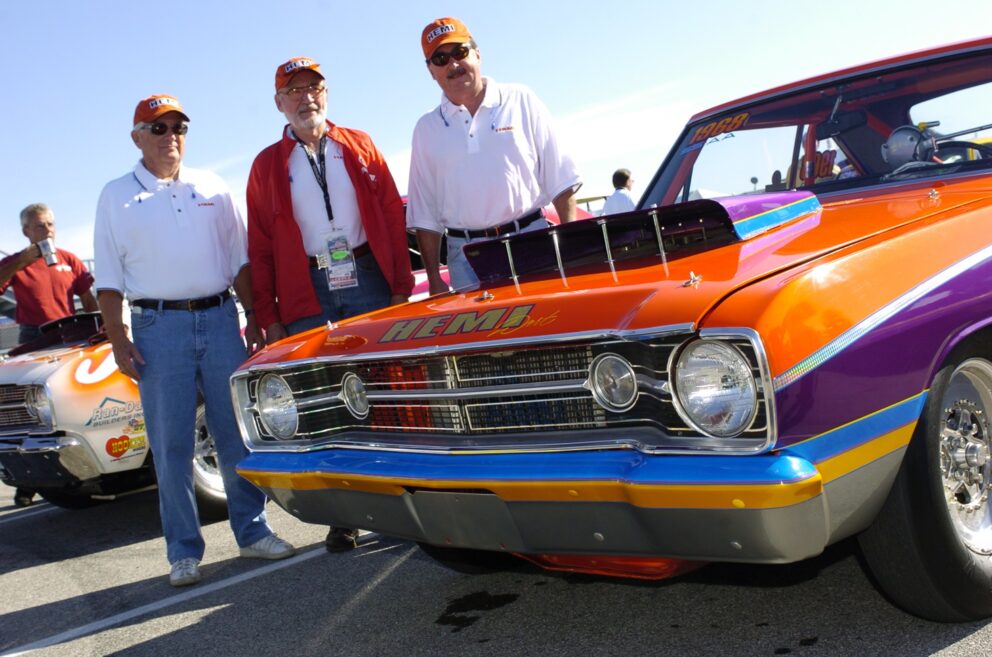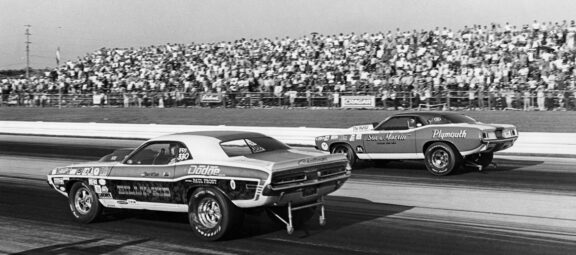It was created to win races on NASCAR’s high-banked ovals and NHRA drag strips all over the country. Designed and engineered in a time when man just barely tickled the earth’s orbit while being shot up in his Mercury Atlas rocket, it would also be the start of another Space Race. The dyno rooms at Chrysler’s Highland Park, Michigan, engineering facility were humming 24/7 with endless activity while technicians in white lab coats danced back and forth between the test cells recording data. The 426 HEMI® V8 engine, undoubtedly one of the greatest engines to ever emerge from Detroit, turns 60 this year and shows no signs of retiring or filing for social security. The basic engine architecture of the 426 HEMI engine is still the template for today’s nitro-infused 12,000-horsepower Top Fuel Dragsters and Funny Cars that can propel a human being from a dead stop down 1,000 feet in well under four seconds at over 300 mph. For those racing with production-based cars, the 426 HEMI V8 engine still powers many Super Stockers and Stockers that compete and win races in NHRA’s Sportsman classes. Had the diehard Chrysler engineers who created this monster known about the 426 HEMI engine’s decades-long lasting power, they would’ve asked for royalty payments instead of their meager salary. So on this day of days, 4/26, or as it’s known among the Mopar® faithful, #HEMIDay, let’s take a look back on what made this engine a legend that has stood the test of time.
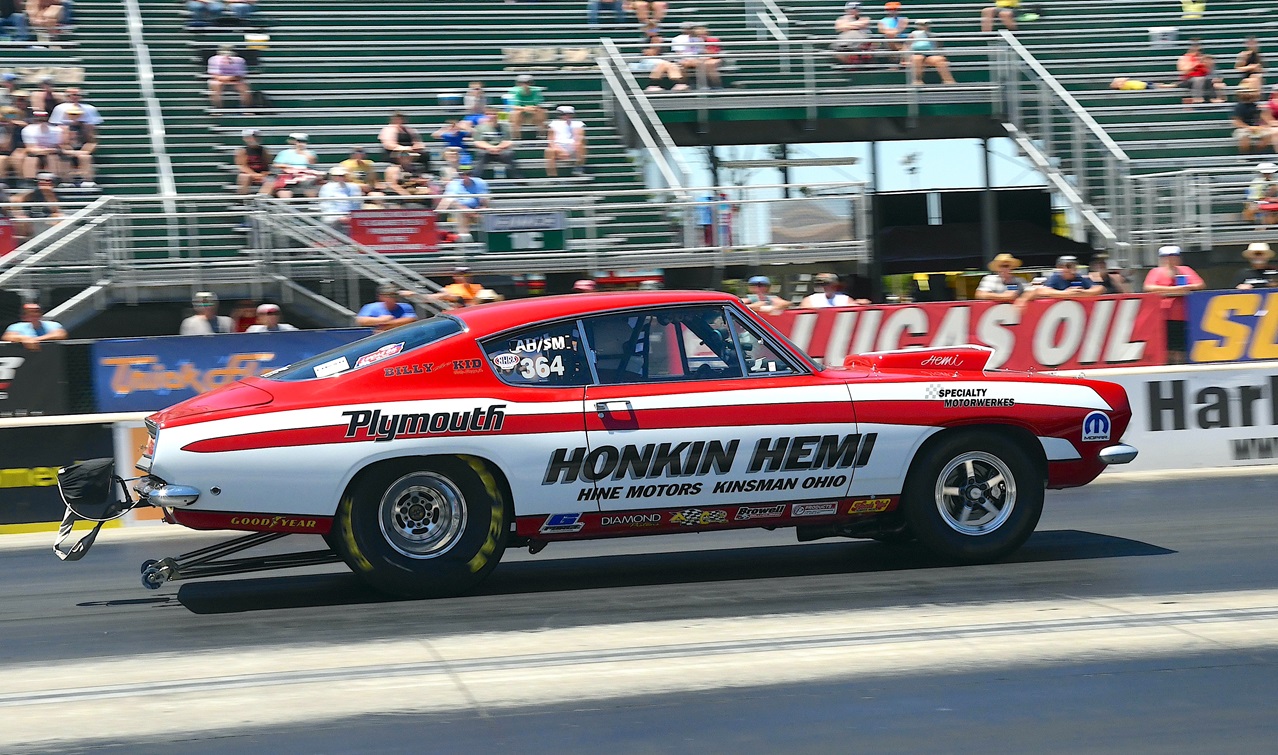
When the 426 HEMI engine came out in 1964, it was like an atom bomb went off. No one, including the crosstown competition over in Dearborn and Warren, Michigan, expected this engine’s devastating effects. After the first year of the HEMI engine wiping the floor of the competition from NASCAR’s race tracks, the sanctioning body’s execs in their wood-paneled corporate offices had enough. Since Petty’s HEMI engine-powered Plymouth trounced the field at the 1964 Daytona 500, NASCAR had to do something to cage this beast of an engine. “Fans want to see Fords and Chevys win” was the justification for NASCAR’S execs to slap Chrysler’s hand and outlaw the HEMI engine from their race tracks. While NHRA accepted the HEMI engine-powered Dodge and Plymouth limited-production package cars in the Super Stock the FX classes, and since a pair of HEMI engine-powered Dodges crushed the Super Stock field at the 1964 Nationals, NHRA just rolled with it. However, NASCAR’s decision to force Chrysler to sit out the 1965 Grand National season was brutal. To make their verdict in outlawing the 426 HEMI engine look justified, NASCAR reverted to their old playbook that it had to be done to “create a level playing field among the competitors,” regardless, it was at Chrysler’s expense. The NASCAR execs and their tech staff decided for the HEMI engine to be eligible for competition, it must be a regular production engine option and available to the general public. “No problem,” shouted Tom Hoover, Chrysler’s lead engineer on the 426 HEMI engine program. Hoover’s staff gathered around their drafting tables, got out their slide rule mechanical calculators, experimented with compression ratios that could live on pump gas and developed an induction system that could handle a cold start on a frigid December morning in Anchorage. The team also did a deep dive into warranty studies to make sure the HEMI engine’s higher operating engine speeds and more complex valve gear wouldn’t bankrupt the corporation while making dealers even more money. For Hoover and his merry band of engineers, it was a team effort and by late 1965, the 426 Street HEMI engine was born for the 1966 model year. Wild enough to drop the competition like a bag of dirt, mild enough to take the family to Sunday church services and a nice brunch.
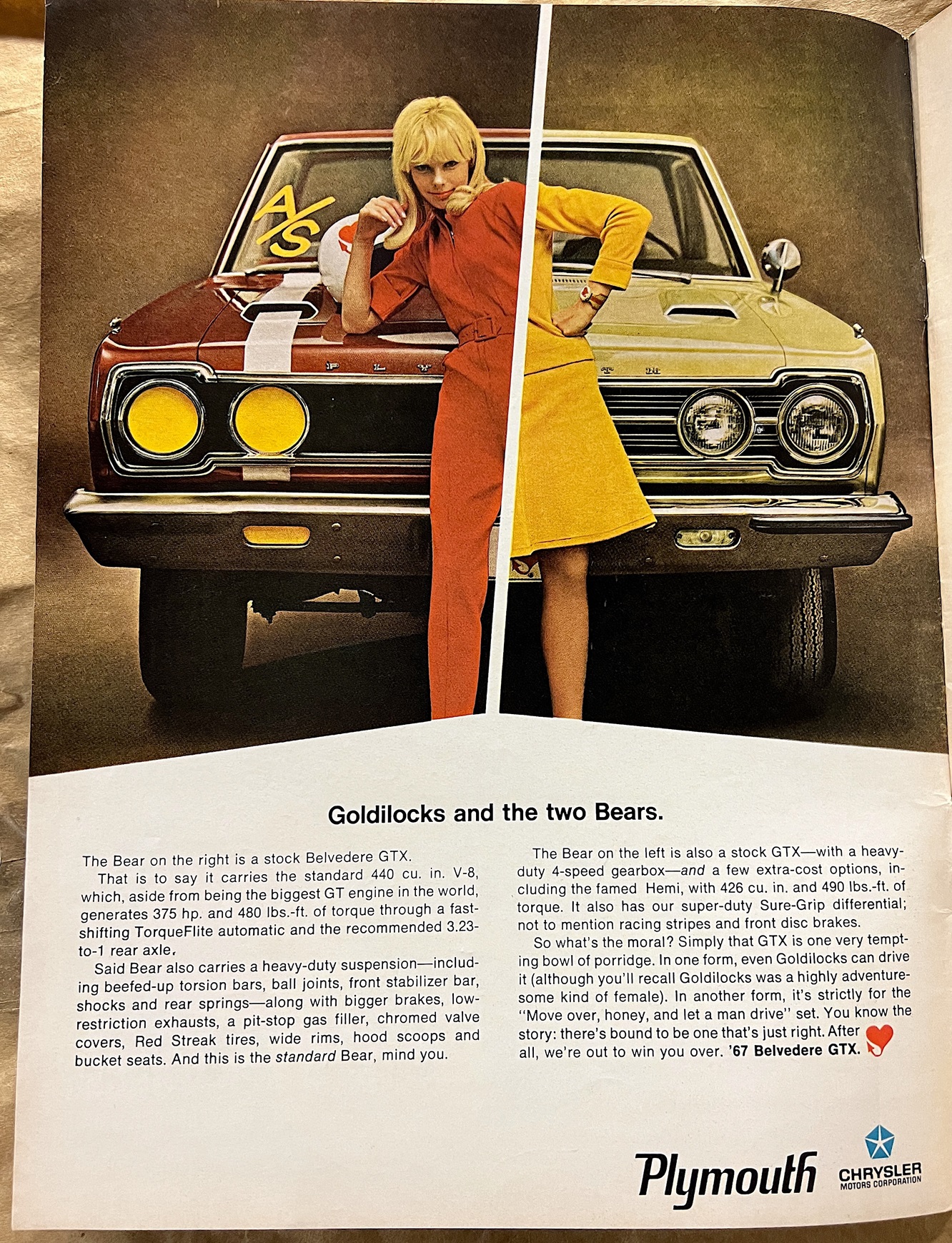
During 1966 and into 1967, 426 HEMI engine-powered Dodge Coronets, R/Ts, and Plymouth Belvederes, Satellites, GTXs were just about everywhere. With optional creature comforts like power steering and power brakes, these cars were daily drivers for the masses despite having a race-inspired behemoth under the hood. With Street HEMI machines rolling off dealer lots, NASCAR was satisfied. But unbeknownst to Bill France and his staff, NASCAR inadvertently had a hand in putting the 426 HEMI engine in the hand of hundreds of ravenous young gearheads looking to settle some scores with guys in 427 Corvettes, SS396 Chevelles and, of course, the hordes of Mustangs galloping around.
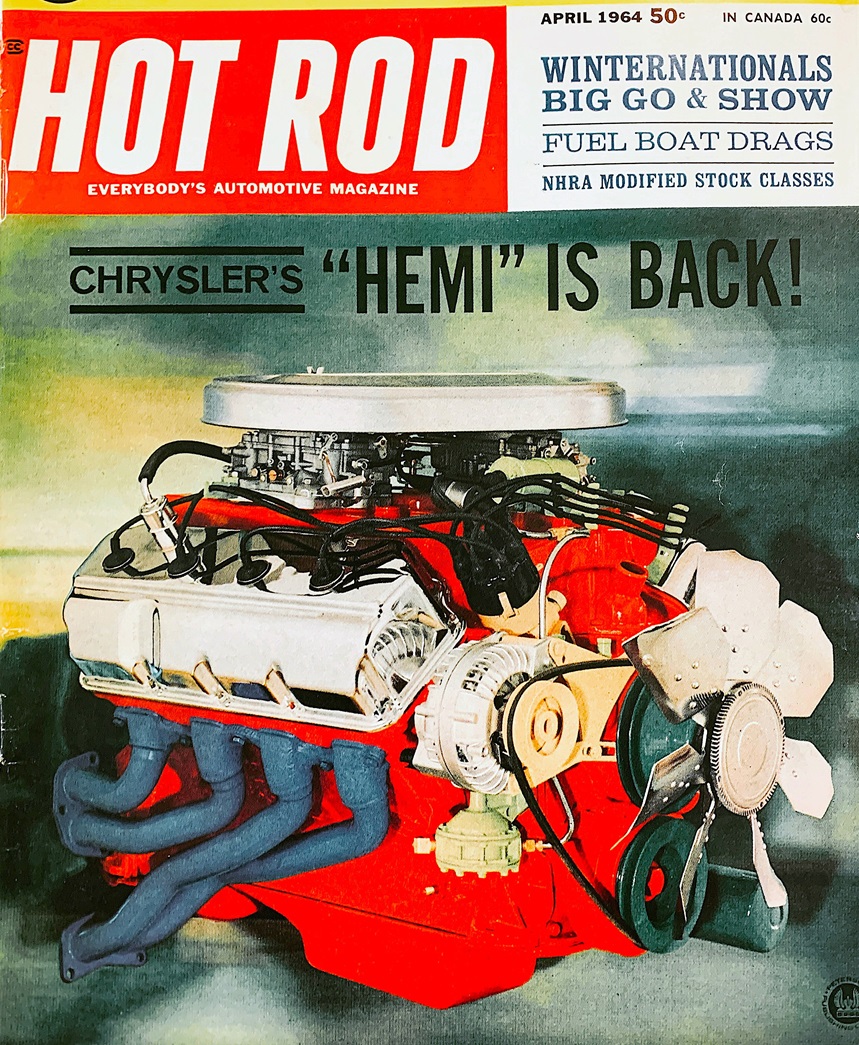
Now Chrysler was once again back in NASCAR’s battleground of trading paint and rubbing fenders with the Ford and Mercury factory teams and a handful of independent Chevy racers who had to beg for parts out of the backdoor of GM’s Tech Center. Richard Petty picked right back up where he left off winning races and the world was right again. The staging lanes at drag strips were also packed with 426 HEMI engine-powered cars battling down the quarter-mile, while on Main Street, USA, many stoplight skirmishes were unfolding with HEMI muscle cars beating the guy in the next lane like a drum. These environments were a breeding ground for the HEMI engine to stake its rightful place. It may have been born out of a necessity to bring Chrysler coveted racing championships, but the 426 HEMI engine was starting to become a nationwide terror. Those four letters, when adorned on the sheet metal of a Dodge or Plymouth, would guarantee the driver a jousting match against some zealous GTO owner that got sucked into Pontiac’s creative marketing campaign, which over-inflated their car’s performance. Despite some catching up to do in captivating the youth market, Chrysler’s Dodge and Plymouth divisions aggressively ramped up, and by 1968, countless Plymouth Road Runners and Dodge Super Bees dotted the boulevards of stoplight drags across the country.
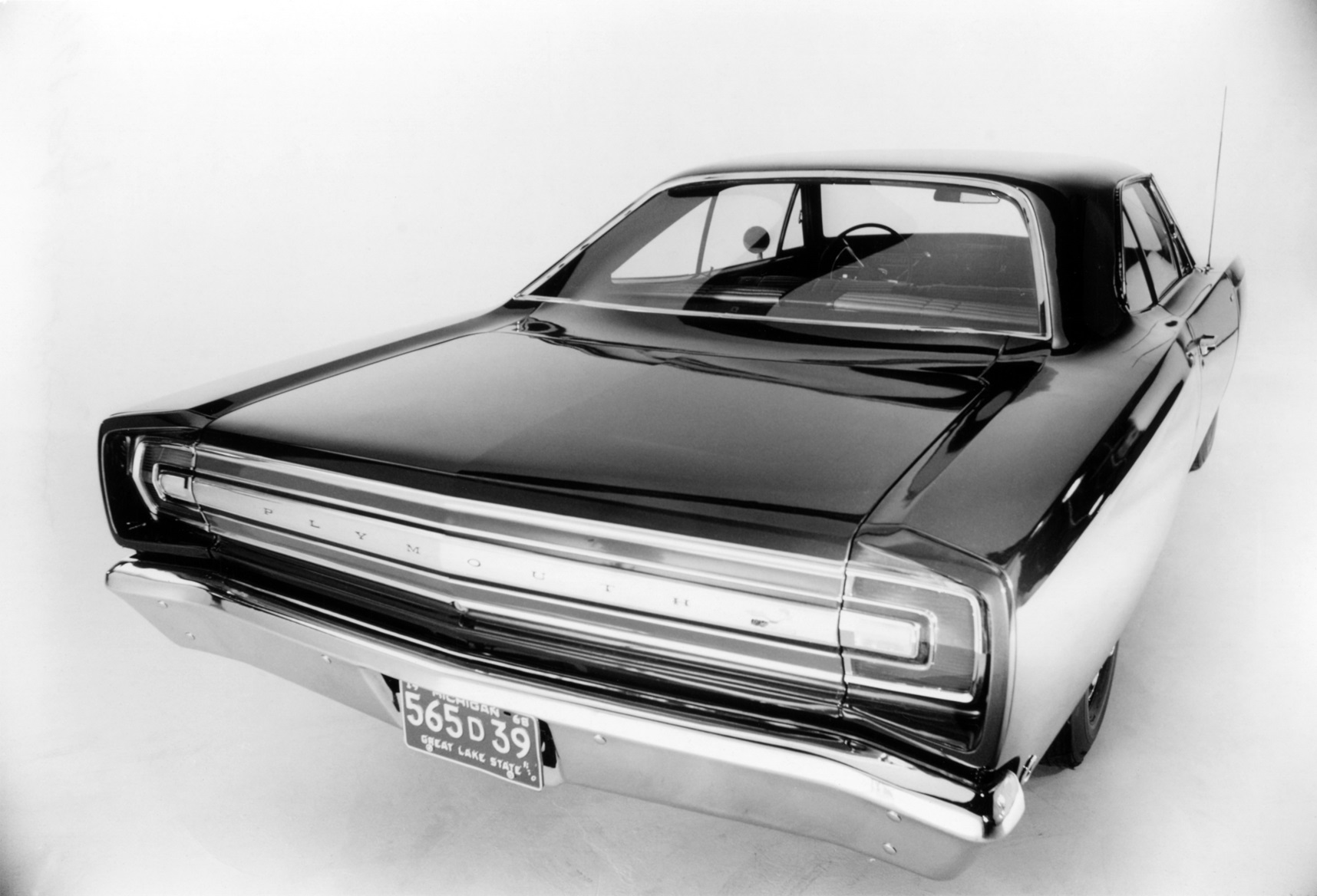
Many aspects went into making the 426 HEMI V8 unique over other engines, but the magic is within the design of its massive flowing cylinder heads. With its hemispherical combustion chambers, intake and exhaust ports you can put your fist through, and valves the size of a manhole covers, the 426 HEMI engine was designed to move mass quantities of air and fuel at engine speeds north of 5,000 rpm. To handle the increased power, the 426 HEMI block received numerous upgrades such as cross-bolted main caps, thicker cylinder walls and other features to give this massive powerplant good bones. During its introduction into the world in 1964, the engine was topped off with a pair of Carter AFB or Holley Carburetors on a cross-ram intake manifold on the drag race version, while the NASCAR spec’d HEMI engine received a single Holley carb.
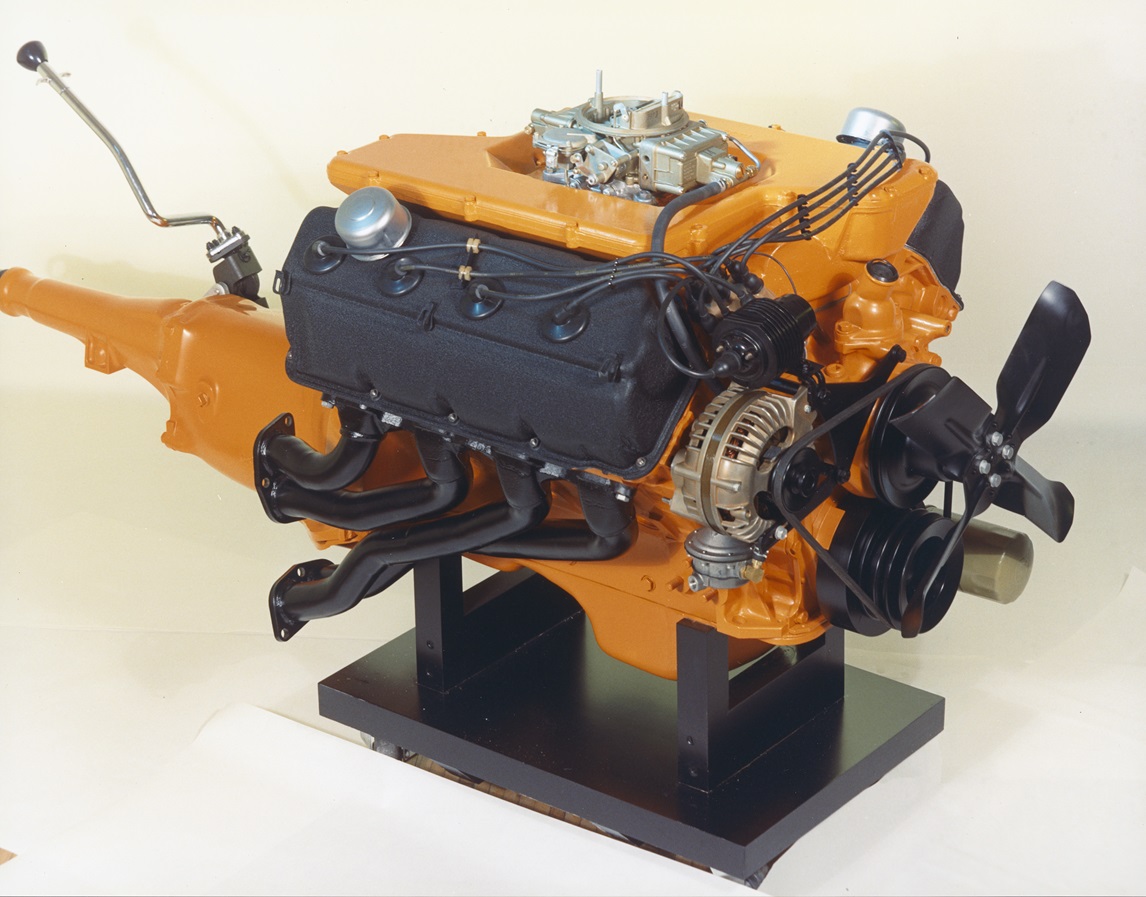
The 1970s would not be kind to the 426 HEMI engine. Banned (again) in NASCAR, penciled out of being competitive in NHRA Pro Stock competition, and the ever-stringent Federal Emissions standards starting for the 1972 model year, the final nail was driven into the coffin of this engine. But the story doesn’t end here, as a matter of fact, it has a happy ending. Through some passionate folks at Mopar® in the 1990s, the 426 HEMI engine came back with the introduction of new tooling to produce blocks, heads and eventually complete crate engines. Today, the 426 HEMI engine is alive and well thanks to efforts of the aftermarket parts industry with companies like Callies, Edelbrock and others who refuse to let this legend head off to the scrap heap.
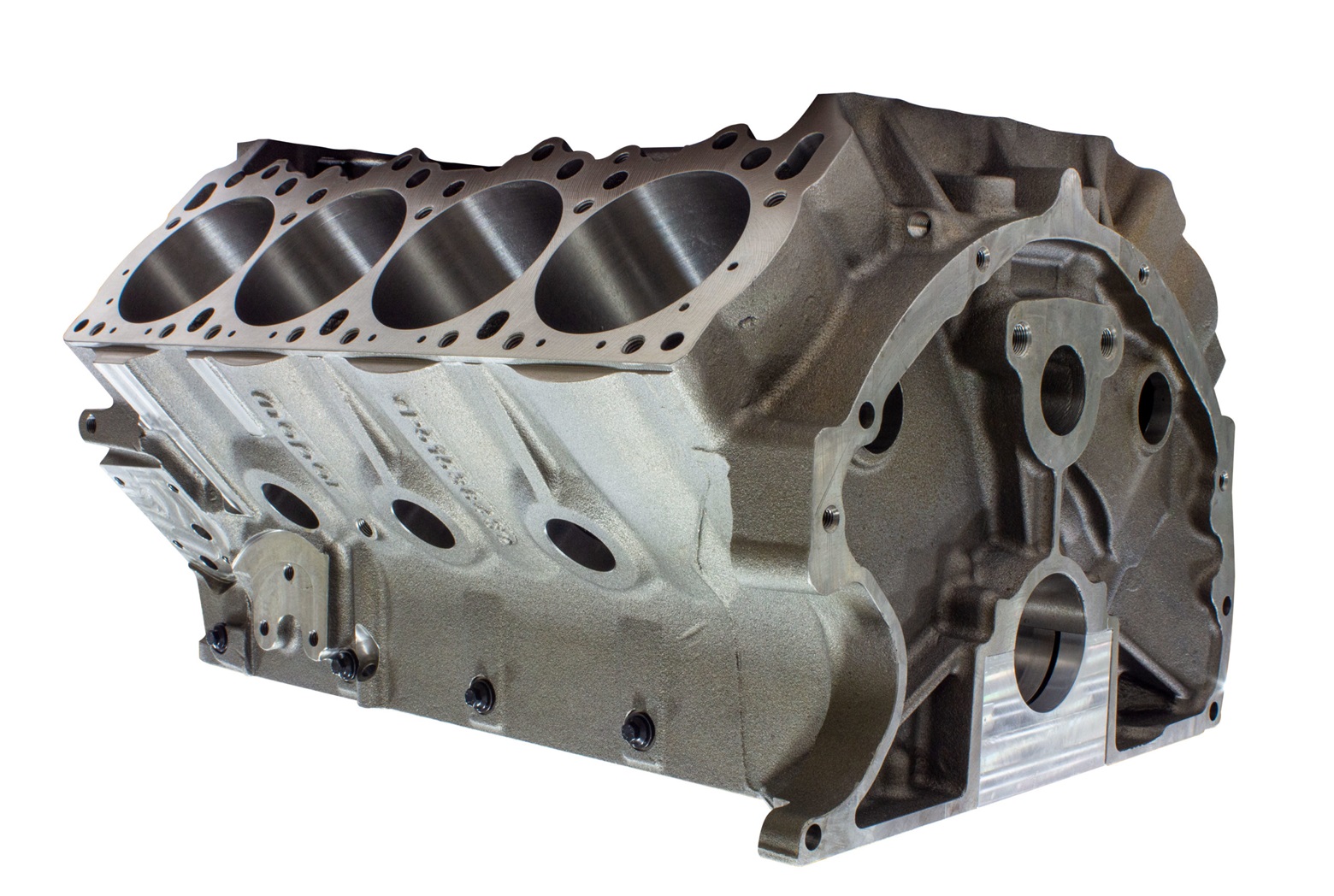
With a steady stream of core parts and legions of diehard NHRA Sportsman racers competing in the SS/AH class and other Super Stock/Stock Eliminator categories, the 426 HEMI engine will be around to celebrate many more birthdays for years to come. So Happy HEMI Day, you powerful beast – here’s to another 60 years!
Here’s a look at this iconic engine, the cars it powered, and some of the folks who made the 426 HEMI engine a legend for the last six decades.
